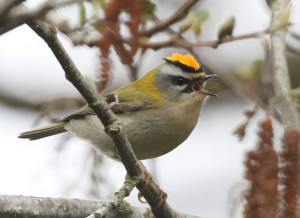
Spring is my favourite time of the year in Britain. While winter has brought some interesting birds I always enjoy the lengthening days and the improving weather as the countryside begins to turn green again and summer migrant birds begin to arrive in small numbers at first and then in a flood of bird song. Resident birds have been singing for a few weeks but as spring progresses they become more aggressive and persistent in their song and as migrant birds join them a real chorus of bird song becomes a feature of Spring. Taking a walk on a sunny morning locally, I came across a nice selection of singing birds including a few migrant species that had recently arrived and a couple of locally scarce birds that were also nice to see.
Throughout the winter I saw quite a few Chiffchaffs in the local area so when they start singing it is hard to know whether wintering birds are becoming vocal or whether migrants are arriving. However, the numbers singing on my recent walk were such that there had to have been an arrival of migrant Chiffchaffs. I was able to take plenty of nice photos of them but struggled a bit to get a shot of one singing.
Robins, of course, sing through the winter but their contribution to the overall chorus of Spring bird song is considerable because of how common they are. You can listen to Robin song in this video – Robin Winter Song – and no matter how common Robins are there is always time to take a photo or two as a reminder of how smart this bird is.
Blackcap is a species that winters in Southeast England in very small numbers and I saw one male in early January singing but suddenly there are now good numbers of them singing from within the bushes. This sweet song is a real sound of Spring and it was nice to watch numerous males in song, but I only saw one female. I was very happy to get a nice shot of this male singing.
It is always nice to see migrant species for the first time in the year as they begin to arrive from their wintering areas and I saw a single Sand Martin on my walk along with around a dozen Barn Swallows. I am not sure the calls they were making can be described as a song but the jumbled, scratchy song of a Common Whitethroat alerted me to my first one of 2021. I am sure there will be lots more of this bird which is very common in this area.
Spring is a good time to locate birds that are scarce and perhaps not so obvious at other times of the year and listening carefully I have been a little surprised to find that there is a healthy population of Treecreepers close to me. I spent some time on my walk standing and waiting in a likely spot and was rewarded with this individual singing away from the side of a tree.
The high-pitched song of Treecreeper is not disimilar to that of Goldcrest and nearby I discovered one of these tiny birds singing from amongst dense ivy. While the pitch is similar to the song of Treecreeper, the rhythm is completely different. Many people have told me that as one gets older the high-pitched calls of birds like Goldcrest can be hard or impossible to hear. I hope that I am able to listen to them for a long time yet!
Goldcrests are fairly common in my local area but the similar Firecrest is much rarer. I saw one during the winter and assumed that it would move off when the seasons changed so I was very surprised to hear one in song as I was heading back towards home. This stunning little bird is always worth stopping for so I waited until it came close and gave me a nice show.
While I love travelling to see new birds when there are birds like this Firecrest on the doorstep sometimes travel seems unnecessary.
When it comes to bird song it is hard to beat Eurasian Skylark in song flight. I am lucky to have grown up with these birds singing from right in front of the house and on my way back home, walking across arable fields I was treated to a skylark chorus from multiple birds.
The final bird to hear singing on my walk was Linnet. This finch is fairly common in farmland here but they wintered somewhere else, I have not seen them for months around here but suddenly, in early April small groups of them are appearing again. This male was singing from a hedgerow trying to attract the attention of a female.
Listening to the number of species in full song right now is definitely a good way to improve one’s mood after months of gloom, cold weather and bad news. I am hoping to add more singing migrants to my local observations in coming weeks; Cuckoo, Garden Warbler and Yellow Wagtail should all be present in small numbers around here. I hope they come back this year.


 April 5th, 2021
April 5th, 2021  Nick
Nick 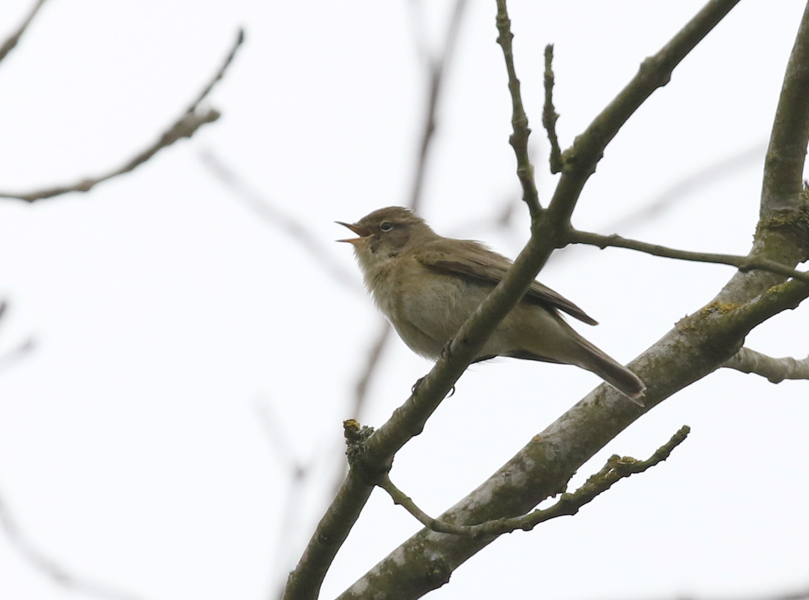


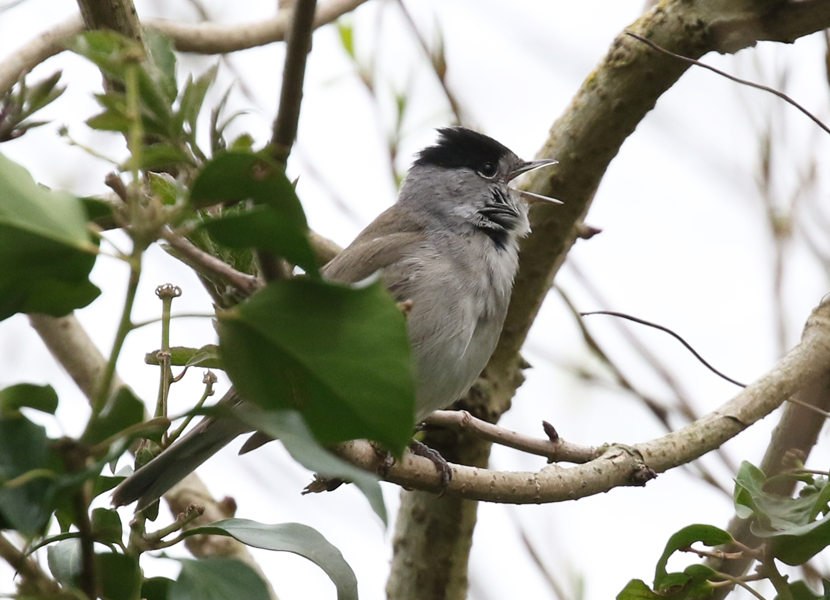
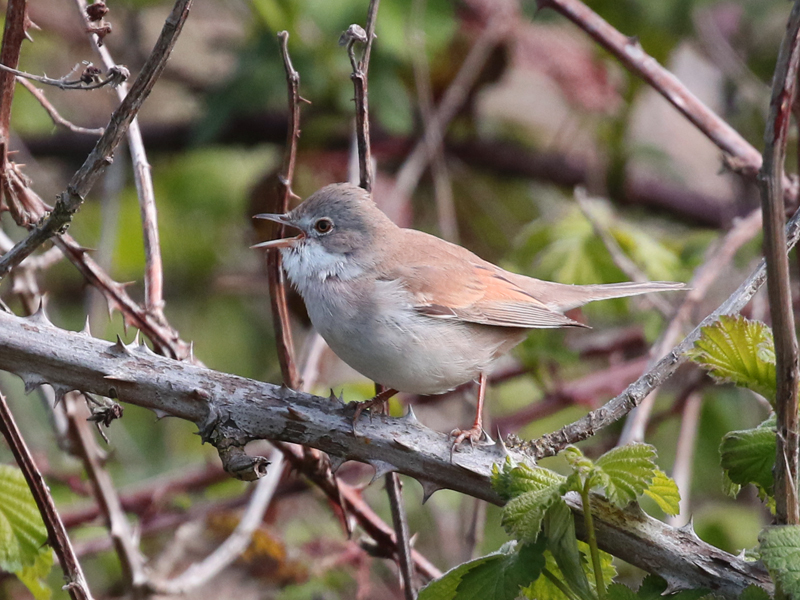
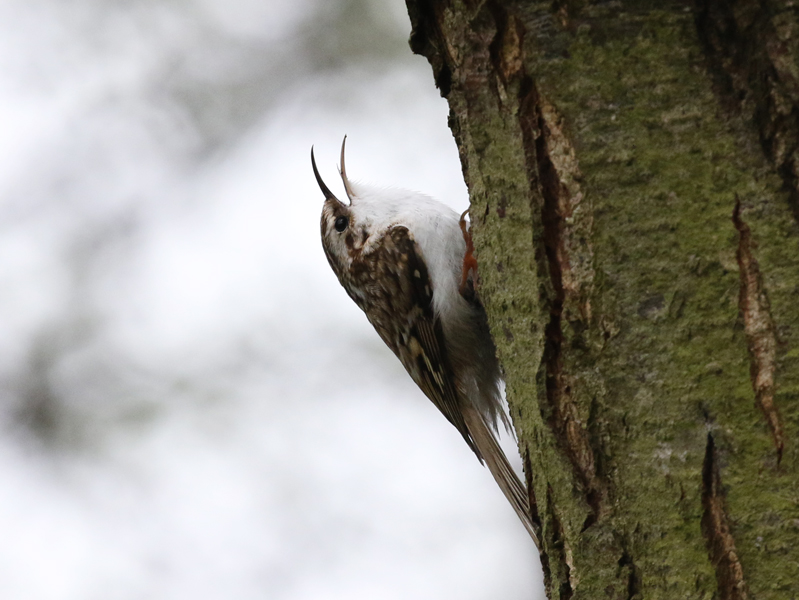
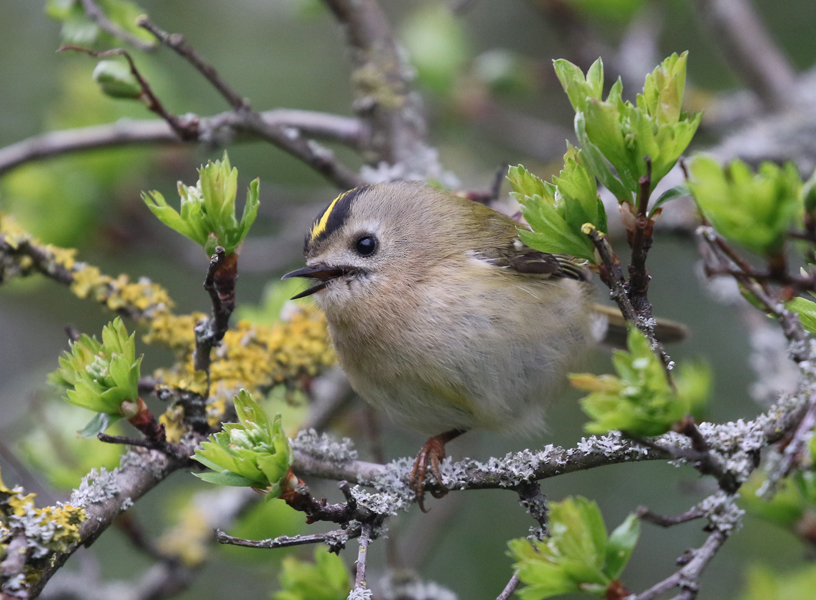

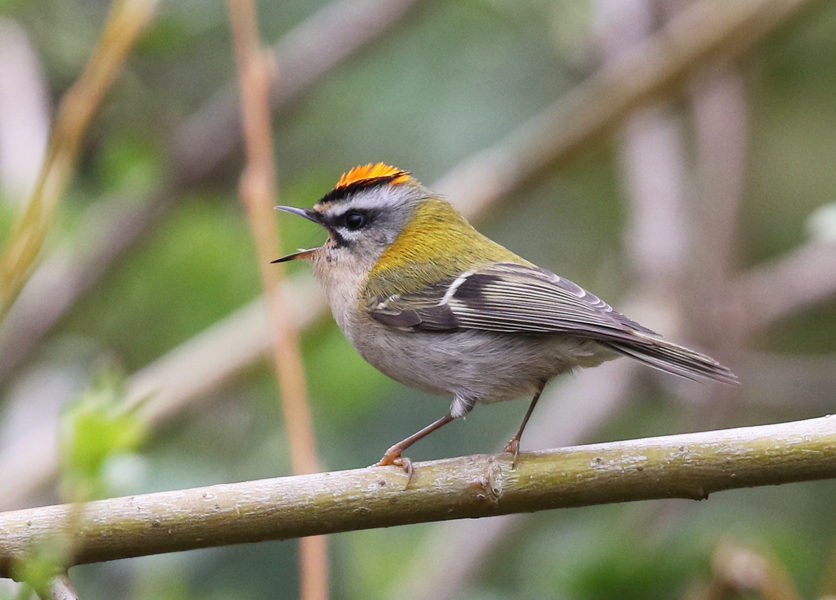
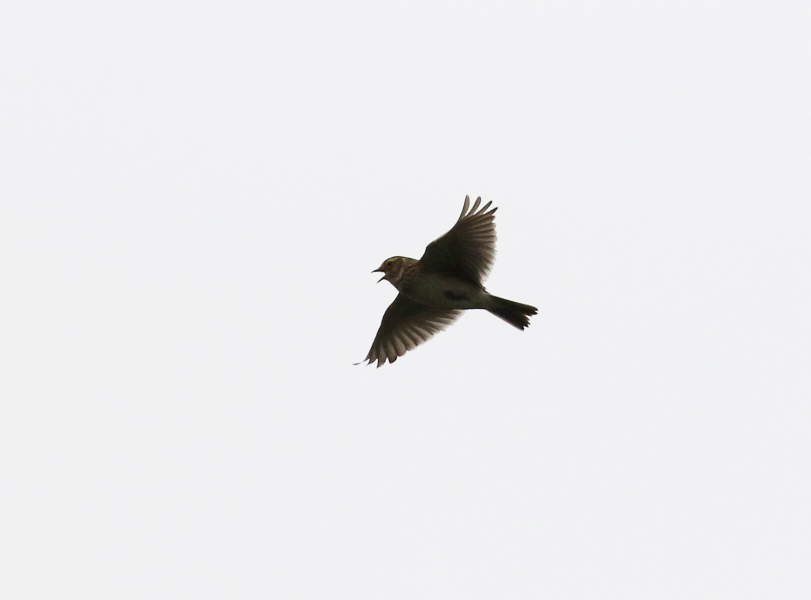

 Posted in
Posted in  Tags:
Tags: 










